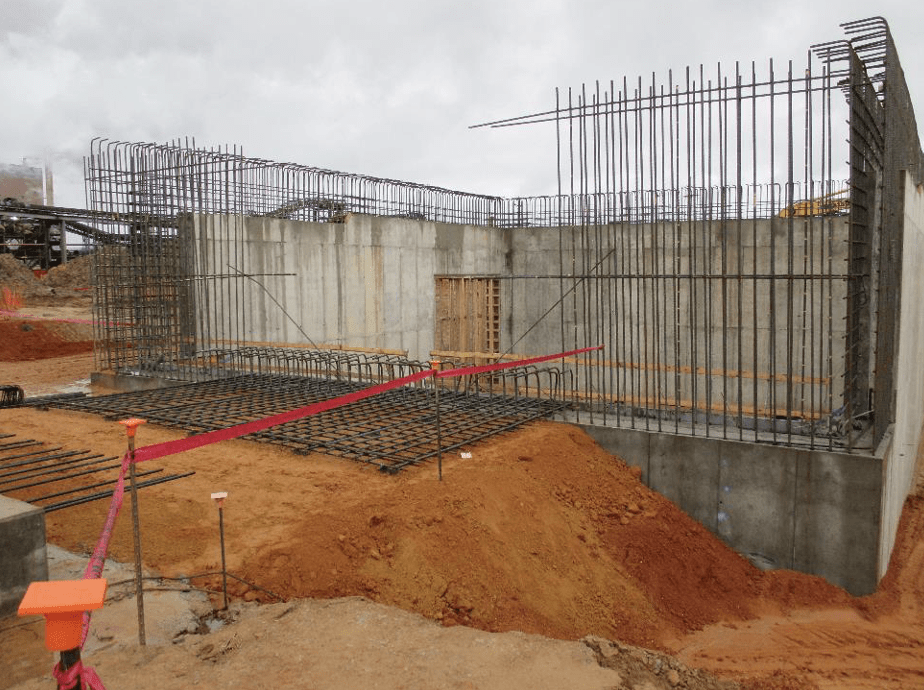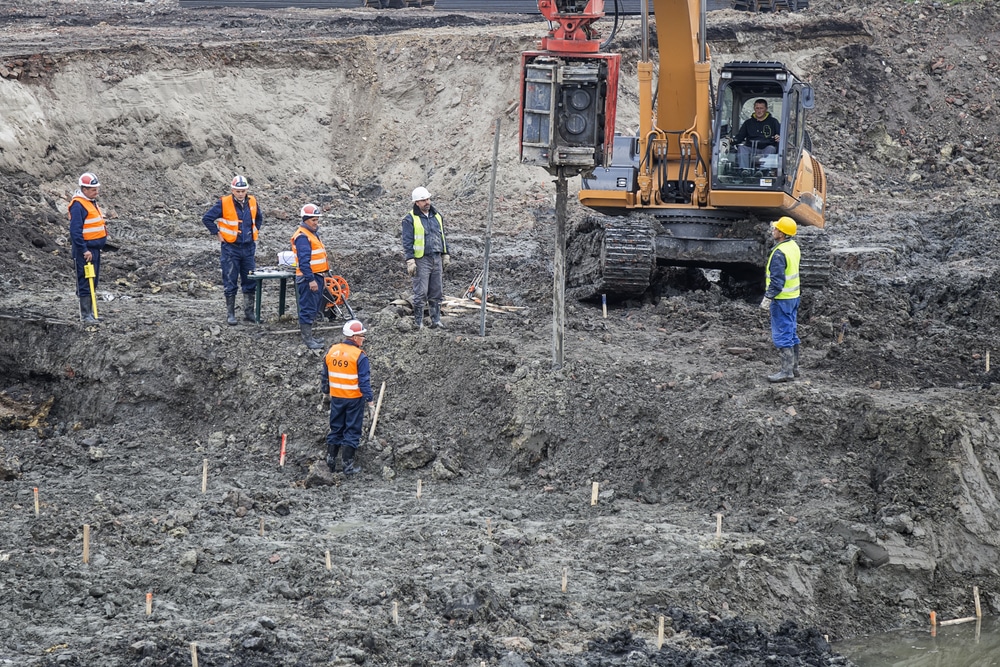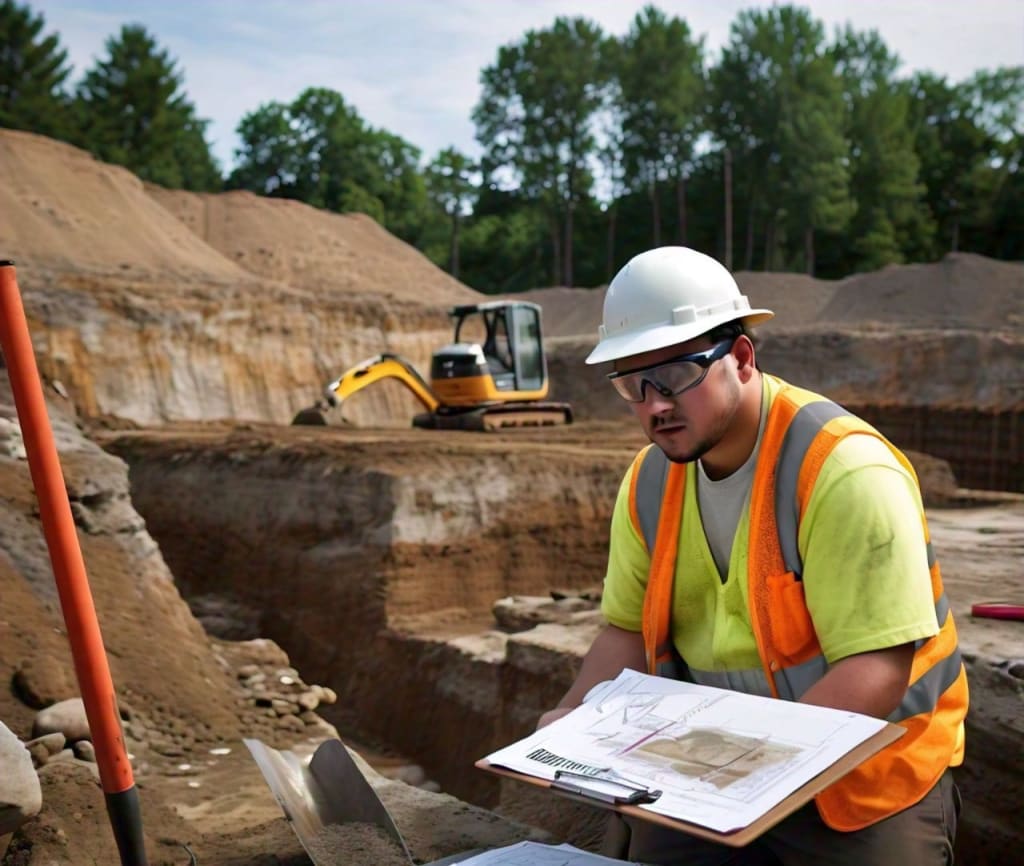Just How Consulting Engineers Enhance Geotechnical Engineering Projects: Insights Into Their Competence, Approaches, and Collaborative Approaches
Consulting engineers are essential in enhancing geotechnical engineering tasks, applying their specialized understanding to navigate the intricacies of subsurface problems. Their collaborative approaches foster interaction amongst varied job stakeholders, eventually forming the job's trajectory.
Role of Consulting Engineers
The know-how of consulting engineers in geotechnical engineering is basic to the effective execution of building tasks. These professionals play a crucial duty in evaluating soil and rock residential or commercial properties, which are important variables affecting layout and construction decisions. By conducting extensive site investigations, seeking advice from designers accumulate crucial information that educates the layout procedure, making certain jobs are developed on steady and suitable ground.
Consulting engineers also provide important insights into threat monitoring (geotechnical geologist). They recognize prospective geotechnical dangers, such as landslides, soil liquefaction, and settlement issues, making it possible for stakeholders to apply reliable reduction techniques. Their competence aids in optimizing structure styles, which can result in significant price financial savings and improved safety
Furthermore, getting in touch with designers function as a vital web link between project proprietors, designers, and professionals. Their ability to equate complicated geotechnical data right into workable referrals fosters partnership and facilitates informed decision-making throughout the task lifecycle. This multidisciplinary approach not just boosts job performance but likewise ensures conformity with regulatory criteria and finest techniques.
Secret Methodologies in Geotechnical Design

One primary approach is site investigation, which includes carrying out area examinations and research laboratory evaluations to collect information on subsurface problems. Techniques such as Standard Penetration Testing (SPT) and Cone Penetration Testing (CPT) are widely made use of to assess soil stratigraphy and stamina. Furthermore, geophysical techniques, including seismic and electrical resistivity surveys, offer non-invasive ways to evaluate subsurface attributes.
One more important method is mathematical modeling, which allows engineers to mimic various scenarios and predict just how soil-structure communications will certainly behave under different loading conditions. Limited Component Analysis (FEA) is a common approach used in this context.
In addition, the layout of structures, keeping structures, and earthworks counts greatly on these methods - geotechnical geologist. By integrating advanced logical tools with field information, getting in touch with engineers can develop customized remedies that attend to details project obstacles, inevitably adding to the security and security of building projects
Relevance of Soil Analysis
Soil evaluation functions as a fundamental aspect in geotechnical design, offering crucial insights right into the physical and chemical residential properties of soil needed for reliable building preparation. Understanding dirt characteristics is important for determining its load-bearing capability, water drainage behavior, and potential for settlement or instability. Thorough soil investigations, consisting of tasting and laboratory More Help testing, aid identify specifications such as dirt kind, moisture material, thickness, and shear strength.
These analyses notify the visit this site right here choice of ideal construction methods and products, inevitably affecting project security and durability. For circumstances, natural dirts might require different foundation styles contrasted to granular dirts, demanding customized design remedies. Additionally, soil analysis aids in identifying pollutants that might position dangers to human health and wellness or the atmosphere, enabling the advancement of mitigation methods.
Integrating soil analysis right into the onset of project development assists to decrease unexpected challenges, guaranteeing that engineers can anticipate and resolve possible problems before they rise. By developing a detailed understanding of the site conditions, consulting designers can enhance design performance and minimize expenses, thereby boosting the general success of geotechnical engineering tasks.
Collective Approaches in Tasks
Successful geotechnical tasks usually depend upon collaborative strategies that unite diverse knowledge from various self-controls. Effective cooperation among getting in touch with engineers, rock hounds, environmental researchers, and building specialists is important for addressing complicated challenges and enhancing project results. By leveraging the unique skills and expertise of each team participant, projects can take advantage of an all natural understanding of the site problems, regulatory demands, and design constraints.
Routine interaction and interdisciplinary meetings assist in the sharing of understandings and foster a culture of synergy. These collaborative initiatives allow the recognition of prospective threats early in the project lifecycle, permitting prompt reduction techniques. Integrating responses from stakeholders, consisting of neighborhood communities and regulatory agencies, guarantees that all point of views are thought about, boosting task approval and conformity.
In addition, the assimilation of advanced technologies, such as Geographic Information Systems (GIS) and Building Information Modeling (BIM), further enhances collaboration. These tools permit the real-time sharing of information and visualization of geotechnical problems, advertising educated decision-making. Ultimately, a joint approach not just enhances task implementation yet additionally lays the structure for cutting-edge options to complicated geotechnical design difficulties.
Effect on Project Results

Consulting engineers employ innovative methodologies such as threat assessment and predictive modeling, which enhance the precision of job projections. Their ability to incorporate innovative modern technologies, like geotechnical instrumentation and information analytics, further improves the layout and building and construction processes. Therefore, projects experience enhanced performance, minimized costs, and reduced hold-ups.
Moreover, promoting reliable interaction and collaboration among employee enhances problem-solving abilities. When obstacles arise, a united front permits quick recognition of remedies, avoiding potential problems. Inevitably, the collaborative initiatives of seeking advice from engineers add to better outcomes, guaranteeing that tasks satisfy both regulatory requirements and customer expectations.
Final Thought
